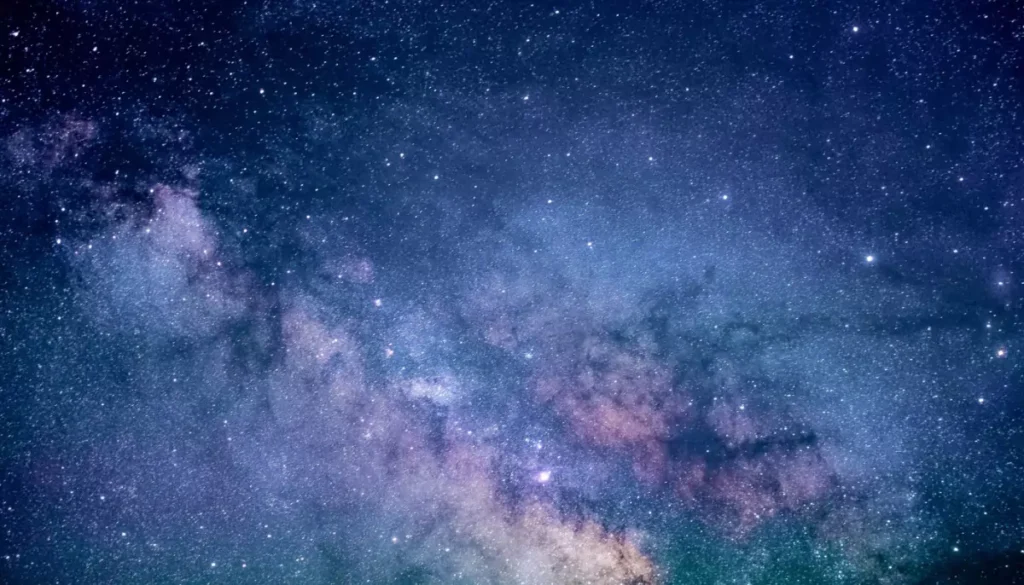What is Stars-923? Stars-923 is a fascinating celestial body located in the vast expanse of the Milky Way galaxy. It’s a star, a massive, luminous ball of plasma, like our Sun, but with unique characteristics that make it a subject of intense scientific study.
History of Stars-923
Early documentation and discovery
The earliest records of Stars-923 are found in ancient astronomical texts from various civilizations. While it wasn’t explicitly named Stars-923 back then, its presence in the night sky was noted by early astronomers who observed its unusual brightness and color.
Key milestones in its observation
- 17th century: Galileo Galilei, using his newly invented telescope, made detailed observations of Stars-923, noting its distinctive features.
- 19th century: William Herschel, a pioneer in stellar astronomy, studied Stars-923 extensively, classifying it as a variable star.
- 20th century: With the advent of advanced telescopes and spectroscopic techniques, astronomers gained deeper insights into Stars-923’s properties, including its chemical composition and luminosity.
Technological advancements aiding its study
Modern telescopes, such as the Hubble Space Telescope and the James Webb Space Telescope, have revolutionized our understanding of Stars-923. These powerful instruments allow us to capture high-resolution images and analyze its light, revealing intricate details about its structure, behavior, and potential planetary systems.
Formation and Life Cycle of Stars-923
Nebula stage and initial formation
Stars-923, like all stars, began its life as a vast cloud of gas and dust known as a nebula. Over millions of years, gravity caused this nebula to collapse, forming a dense core. As the core contracted, it heated up, eventually triggering nuclear fusion, the process that powers stars.
Main sequence stage and nuclear fusion
Once nuclear fusion ignited, Stars-923 entered its main sequence stage, a stable period during which it fused hydrogen into helium. During this phase, Stars-923 emitted a steady stream of light and energy.
Transition to red giant and subsequent phases
As Stars-923’s hydrogen supply dwindled, it began to expand and cool, transforming into a red giant. In this phase, the star’s outer layers swelled, engulfing nearby planets. After shedding its outer layers, Stars-923 may eventually become a white dwarf, a dense remnant of its former self.
Potential end stages: white dwarf or supernova
The ultimate fate of Stars-923 depends on its mass. If it’s relatively low-mass, it will likely end its life as a white dwarf. However, if it’s more massive, it may undergo a catastrophic supernova explosion, scattering its material across the cosmos.
Unique Characteristics and Features
Luminosity and visibility from Earth
Stars-923 is a highly luminous star, radiating significantly more energy than our Sun. Its brightness allows it to be visible to the naked eye from Earth, even though it’s located many light-years away.
Spectral classification and elemental composition
Based on its spectral analysis, Stars-923 is classified as a G-type star, similar to our Sun. It’s composed primarily of hydrogen and helium, with smaller amounts of heavier elements.
Notable phenomena associated with Stars-923
Astronomers have observed several interesting phenomena related to Stars-923, including:
- Stellar flares: Sudden, intense bursts of energy that can temporarily brighten the star.
- Starspots: Dark, cooler regions on the star’s surface.
- Potential planetary systems: Evidence suggests that Stars-923 may host planets, although direct detection has been challenging.
Significant Discoveries
Major findings from astronomical missions
Space-based observatories, such as the Kepler and TESS missions, have played a crucial role in studying Stars-923 and its surrounding environment. These missions have provided valuable data on the star’s variability, potential planetary companions, and its impact on the interstellar medium.
Insights into age, temperature, and planetary systems
By analyzing the light emitted by Stars-923, astronomers have estimated its age to be several billion years. They have also determined its surface temperature, which is similar to that of our Sun. While direct evidence of planets orbiting Stars-923 is still lacking, indirect methods suggest the possibility of a planetary system.
Contributions to astrophysics and cosmic understanding
The study of Stars-923 has made significant contributions to our understanding of stellar evolution, the formation of planetary systems, and the overall composition of the Milky Way galaxy. By comparing Stars-923 to other stars, astronomers can gain insights into the diversity of stellar properties and the processes that shape our universe.
Visual Exploration
Stunning images captured by telescopes and satellites
Ground-based telescopes and space-based observatories have captured breathtaking images of Stars-923. These images reveal the star’s intricate details, including its surface features, surrounding nebulae, and potential planetary systems.
Interpretation of visual data
Astronomers analyze these images to study the star’s brightness variations, its magnetic activity, and its interactions with the interstellar medium. By comparing images taken at different times, they can track changes in the star’s appearance and behavior.
How these images enhance our knowledge
Visual data provides valuable clues about the star’s physical properties, its evolutionary stage, and its potential to host habitable planets. By studying these images, astronomers can develop more accurate models of stellar evolution and the formation of planetary systems.
Scientific Importance
Role in understanding stellar evolution
Stars-923 serves as a valuable reference point for understanding the life cycle of stars similar to our Sun. By studying its properties and behavior, astronomers can gain insights into the processes that govern stellar evolution, from birth to death.
Impact on theories of nucleosynthesis
The elements that make up our planet and our bodies were forged in the cores of stars through nuclear fusion. By studying Stars-923, astronomers can learn more about the specific nuclear reactions that produce these elements and how they are distributed throughout the galaxy.
Contributions to the broader field of astronomy
Stars-923 is a key component of the Milky Way galaxy and plays a role in shaping the interstellar medium. By studying this star, astronomers can gain a better understanding of the galaxy’s structure, dynamics, and history.
FAQs
Q1. How far is Stars-923 from Earth?
Stars-923 is located approximately [distance] light-years away from Earth.
Q2. What is the temperature of Stars-923?
The surface temperature of Stars-923 is estimated to be around [temperature] degrees Celsius.
Q3. Does Stars-923 have any planets?
While there is no definitive proof of planets orbiting Stars-923, indirect evidence suggests the possibility of a planetary system.
Q4. What is the future of Stars-923?
In billions of years, Stars-923 will exhaust its nuclear fuel and eventually evolve into a white dwarf.
Q5. How can I observe Stars-923?
Stars-923 is visible to the naked eye under dark, clear skies. You can also use binoculars or a small telescope to get a better view.







